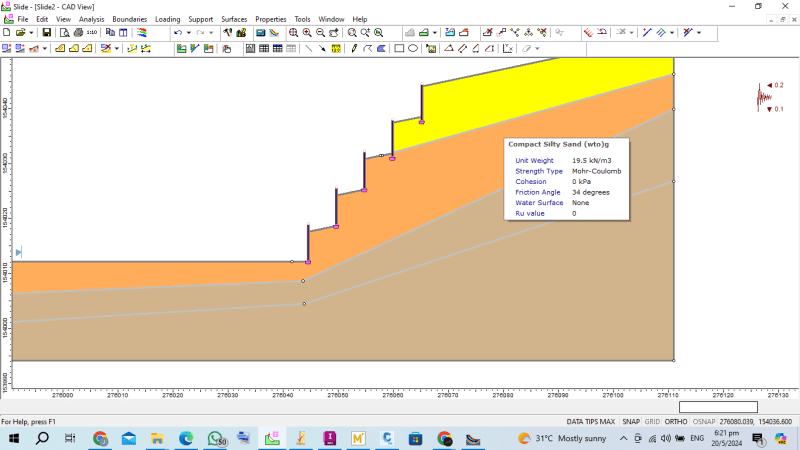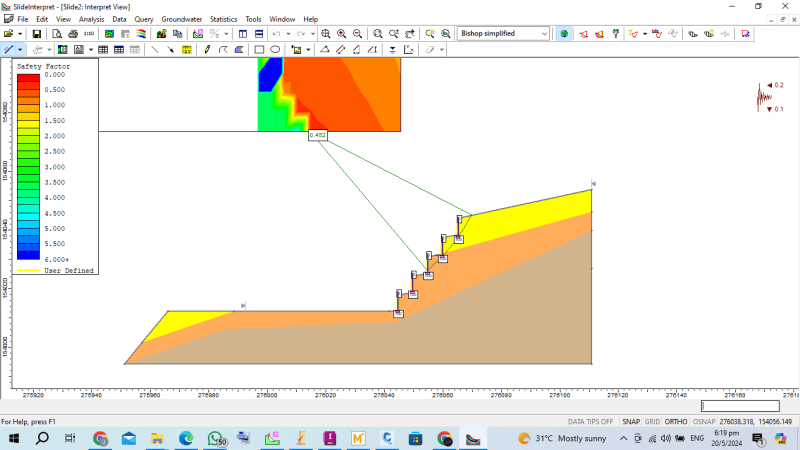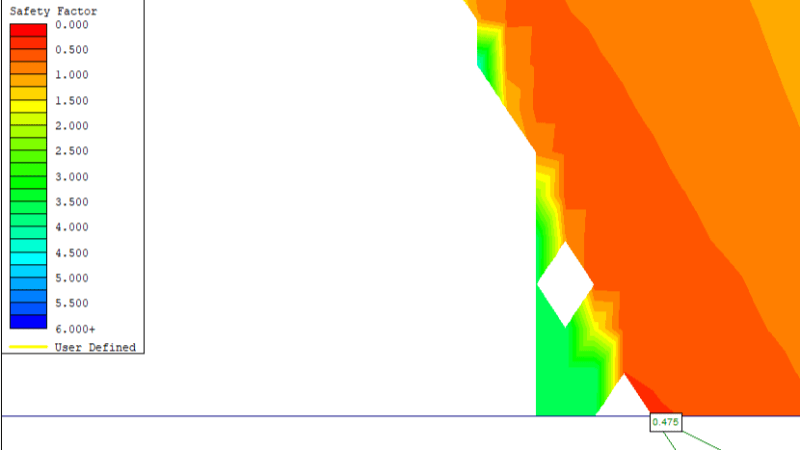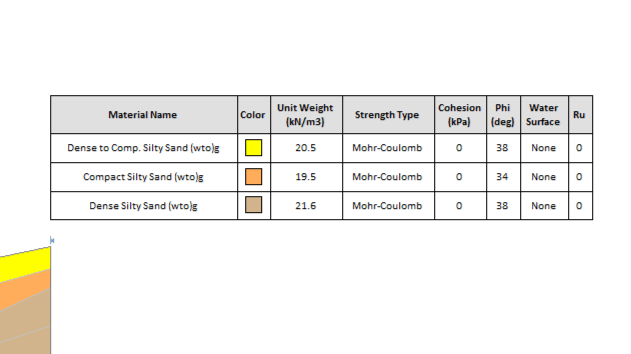JahmaiS_
Civil/Environmental
- Aug 11, 2023
- 5


Anyone familiar with slide 2 can explain to me why this is failing?
Follow along with the video below to see how to install our site as a web app on your home screen.
Note: This feature may not be available in some browsers.


